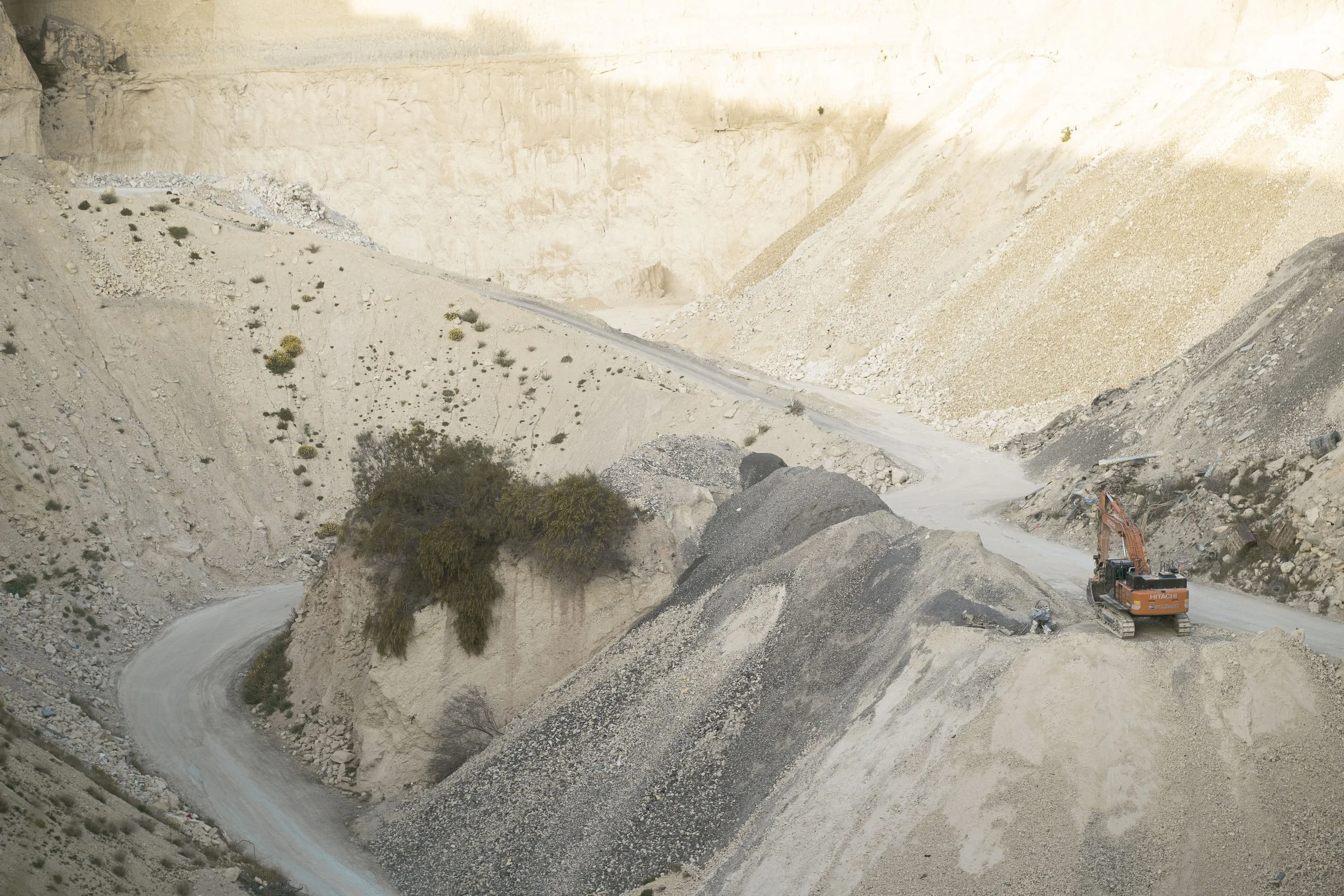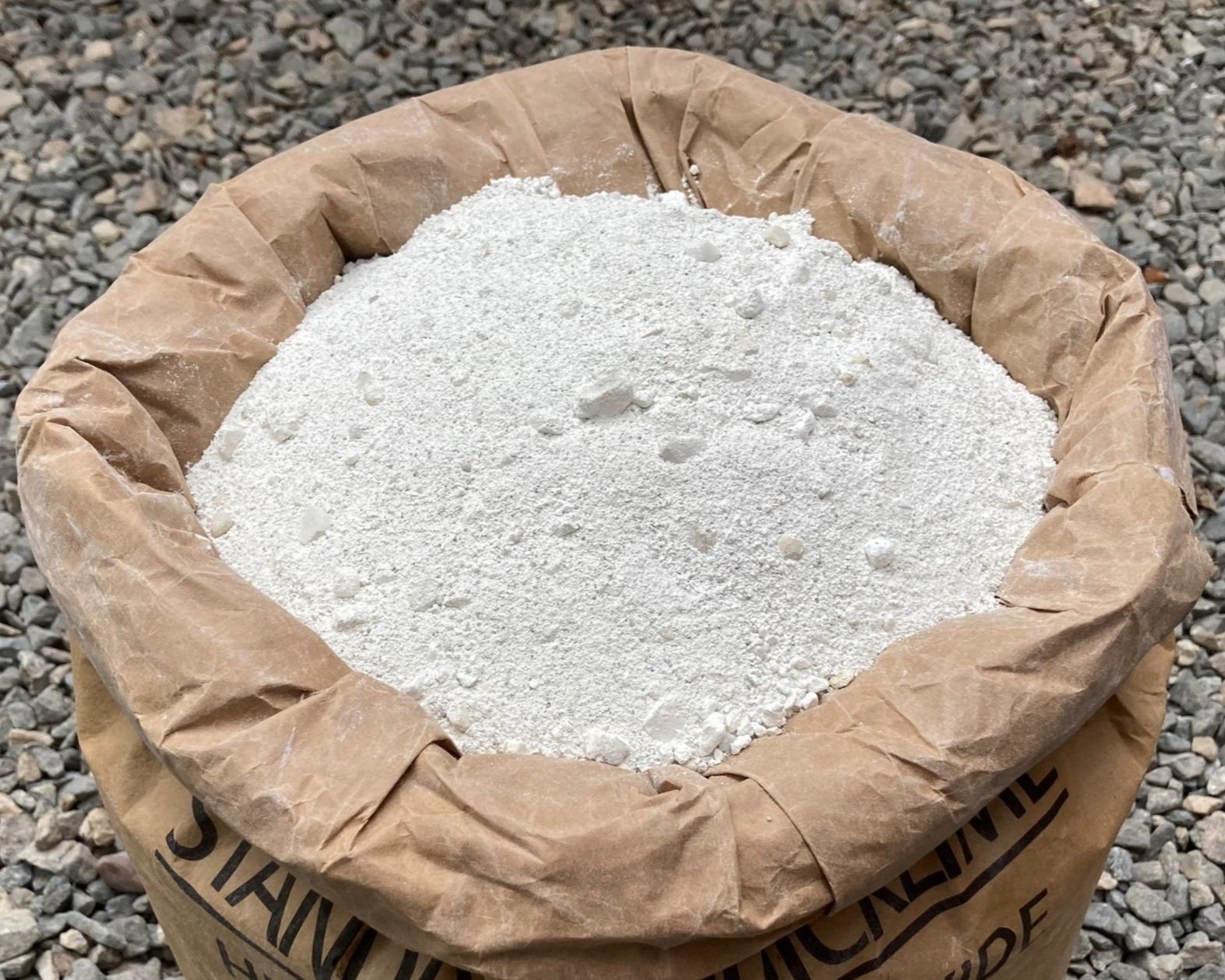Have you ever wondered about the behind-the-scenes magic that brought early theatrical performances to life? It's a fascinating thought, isn't it? Back in the day, before electric lights changed everything, people had to get pretty creative to illuminate stages and create dramatic effects. This often involved some rather interesting materials and techniques, and that's where a substance called quicklime sometimes comes into the picture.
The story of how quicklime, also known as calcium oxide, connects with the stage is a bit of a journey through history, really. It's a compound that's been around for a very, very long time, used by humans for many different things. From building materials to industrial processes, quicklime has played a quiet but important role in human progress, you know?
While our provided information doesn't detail the exact mechanics of its theatrical use, it certainly gives us a good look at what quicklime is and what it's been used for across centuries. We can, however, explore the properties of this unique substance and understand why it might have been considered for such specialized applications, even if the specific theatrical methods aren't laid out in our reference text, that is.
Table of Contents
- What Exactly Is Quicklime?
- Quicklime's Long History and Many Uses
- Connecting Quicklime to the Theater: A Historical Note
- Why Quicklime Was a Remarkable Substance
- Frequently Asked Questions About Quicklime
What Exactly Is Quicklime?
Quicklime, which people also call calcium oxide or CaO, is a very widely used chemical compound, so it's almost everywhere. It shows up as a white, caustic, alkaline, crystalline solid when it's at room temperature. This substance, you know, has been a part of human endeavors for a very long time, centuries even, helping with a lot of different tasks.
Our information tells us quicklime is also known as burnt lime or lump lime, and sometimes even calcining. It's a white or grayish-white solid material, typically produced in pretty large quantities. This happens by roasting calcium carbonate, which we often know as limestone, in a special way.
Its Basic Makeup
When we talk about quicklime, we're really talking about a compound made of one atom of calcium and one atom of oxygen, that's it. This simple structure gives it some really interesting properties, and it's a bit of a reactive substance, actually. It's considered highly reactive and alkaline, which means it can have strong interactions with other materials.
The way quicklime is formed, by heating calcium carbonate, causes it to release carbon dioxide. This process, called calcination, is what gives us this versatile compound. It's a pretty fundamental chemical reaction, and it's been understood and used by people for a very long time, more or less.
How It Gets Made
Producing quicklime usually involves taking calcium carbonate, or limestone, and heating it up to very high temperatures. This heating process drives off the carbon dioxide, leaving behind the calcium oxide. It's a method that's been refined over many, many years, allowing for the creation of quicklime in the large amounts needed for various uses.
The resulting material, quicklime, is a versatile substance that finds application in several industries and processes. Its unique properties make it quite valuable in many different settings, as a matter of fact. It’s a foundational material for so many things we use every day.
Quicklime's Long History and Many Uses
Quicklime has truly supported human activity for a very, very long time. Our information points out its use by humans for centuries, showing just how enduring this compound has been. It's been a part of things like mortar, which is crucial for building, and flux, which helps in metalworking processes.
It was also used for treating corn, which is an interesting historical application, isn't it? Beyond that, calcium oxide has a connection to naval history, and there's even a mention that it might have played a role in something as ancient and mysterious as Greek fire. This shows its wide range of historical importance, really.
Centuries of Application
For hundreds of years, quicklime has been a go-to material for many different purposes. Its ability to act as a binding agent, like in mortar, made it indispensable for construction projects throughout history. Think about all those old buildings and structures; quicklime likely played a part in their creation, you know.
The fact that it's been referred to as handpicked lime, burnt lime, and lump lime just goes to show how familiar people have been with it over time. It's a testament to its consistent utility across various periods and needs, and it's still pretty much used today in many of the same ways, actually.
Modern-Day Applications
Fast forward to today, and quicklime is still a very important substance. Our information highlights its current uses in major industries like steel and cement manufacturing. These are huge sectors that rely heavily on quicklime for their production processes, so it's quite vital.
Beyond that, quicklime is used in flue gas desulfurization, which helps clean up industrial emissions, and in water and wastewater treatment, making our water safer. It also finds applications in the paper, chemical, and environmental sectors. This really shows how versatile quicklime remains, supporting a lot of modern industrial and environmental efforts, it's pretty impressive.
Connecting Quicklime to the Theater: A Historical Note
Now, about how quicklime was used in theaters—this is where things get really interesting, and a bit historical, you know. While our provided text focuses on quicklime's chemical properties and its broad industrial and historical applications, it doesn't specifically detail its use in theatrical settings.
However, it's widely known that quicklime played a significant role in early theater lighting, particularly through something called "limelight." This was a type of stage lighting used in the 19th century, and it was pretty revolutionary for its time. The brilliance of limelight came from heating a block of quicklime to a very high temperature, causing it to emit an intense, bright white light.
This light was much brighter than what candles or oil lamps could provide, making it perfect for illuminating performers on stage and creating dramatic spotlights. It allowed for much clearer visibility and more impactful visual effects in a theater. So, while our source text doesn't explain the exact setup or operation of limelight, it's clear that quicklime's inherent properties—its ability to be produced in large quantities and its potential for high reactivity and light emission when heated—made it a logical candidate for such an application.
The fact that quicklime is a "caustic alkaline substance" and "highly reactive" suggests it could generate intense heat and light under the right conditions. This characteristic, combined with its historical availability and widespread use for centuries, made it a valuable material for innovators looking to brighten up the stage. It was a testament to human ingenuity, really, using available materials to solve new problems, and that's a pretty cool thing to think about.
The specific mechanisms of how the quicklime block was heated, or how the light was directed, aren't in our text. But knowing quicklime is a "compound of one atom of calcium and one atom of oxygen" and that it's "produced in large quantities by roasting calcium carbonate," helps us understand its fundamental nature. This foundational knowledge about quicklime's composition and production is important, even when the detailed application in theaters isn't fully described in our immediate information. It helps us piece together the bigger picture, in a way.
Why Quicklime Was a Remarkable Substance
Quicklime, or calcium oxide, is a truly versatile substance, and that's a big part of its appeal. Its unique properties have made it valuable across so many different industries and processes, you know. From its role in construction as mortar to its use in modern environmental applications, it's been consistently important.
The fact that it's been used for centuries, and continues to be used today for things like steel and cement manufacturing, shows its enduring utility. It's a testament to its chemical makeup and the way it interacts with other materials. The ability to produce it in large quantities by roasting calcium carbonate also means it's been readily available for various human needs, which is pretty significant.
Whether it was helping to build sturdy structures, supporting naval history, or perhaps even brightening up a stage in an old theater, quicklime has consistently proven its worth. It's a fundamental chemical compound with a rich history and a very practical future, that is. It's just one of those materials that keeps on giving, more or less.
Frequently Asked Questions About Quicklime
What is quicklime made of?
Quicklime, also known as calcium oxide (CaO), is a chemical compound consisting of one atom of calcium and one atom of oxygen. It's a white or grayish-white solid that's produced in large quantities, you know, by roasting calcium carbonate, which is commonly called limestone. This process releases carbon dioxide, leaving behind the quicklime.
Why is quicklime used in so many places?
Quicklime is a highly reactive and alkaline compound, making it incredibly versatile. It has been used by humans for centuries for many things, such as mortar, flux, and treating corn. Today, it's used for steel and cement manufacturing, flue gas desulfurization, water and wastewater treatment, paper, chemical, and environmental applications. Its unique properties make it a very valuable substance across various industries, that's why.
What are some of quicklime's key properties?
Quicklime is a white, caustic, alkaline, crystalline solid at room temperature. It's known for being highly reactive. When it's formed by calcinating calcium carbonate, it releases carbon dioxide. It's also referred to as handpicked lime, burnt lime, and lump lime, and it's a compound of one atom of calcium and one atom of oxygen, so it's quite distinct.
Understanding quicklime's properties and its wide range of applications, from ancient uses to modern industrial processes, really shows its importance. To learn more about calcium oxide and its many roles, you can explore our site. You might also find more information on industrial chemical applications here. And for further reading on the historical context of limelight, you could check out reputable historical or scientific resources, like those found on university archives or historical societies' websites, just to get a broader perspective on its use in theaters.



